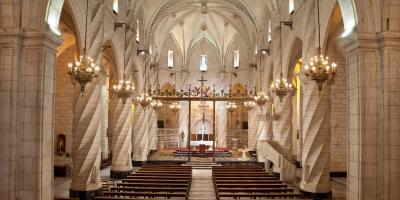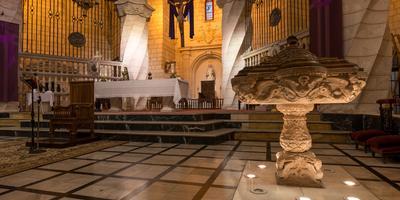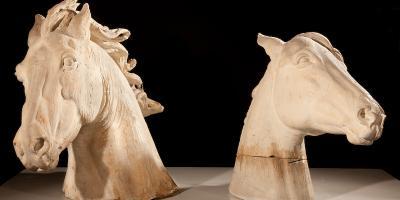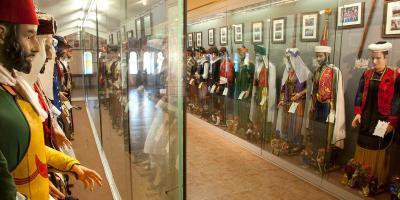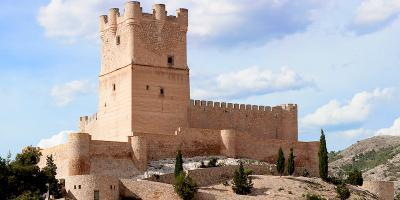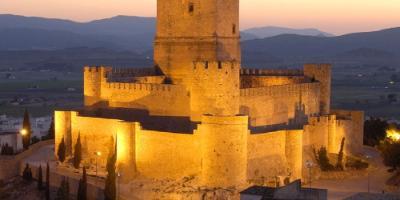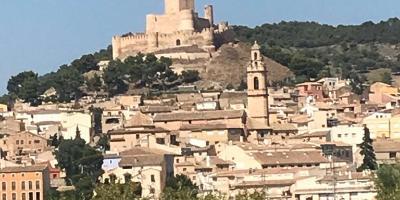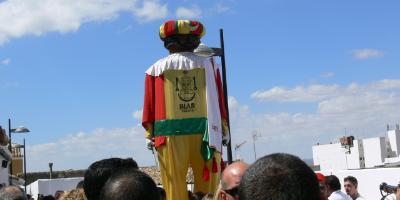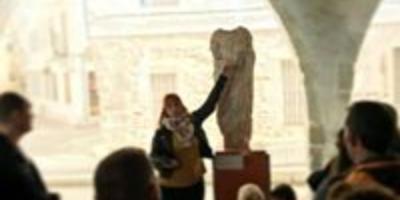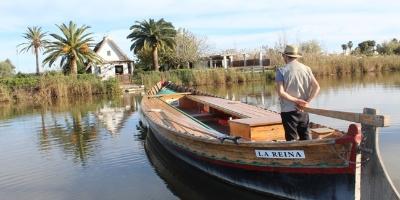Built between the fourteenth and sixteenth centuries, it is one of the most important Gothic-Renaissance examples in the Valencian region. Strongly influenced by the Catalan Gothic style, this temple has acquired a more formidable character.
The interior is made up of three naves and an ambulatory and the focal point are twelve imposing spiral columns, which constitute one of the few examples in Spain inside churches. At the end of the fifteenth century, the Medina family promoted the construction of the temple, which lasted the whole sixteenth century, where the Renaissance style was used in elements such as the access door to the sacristy and the chapterhouse. Also noteworthy is the limestone baptismal font, created by Jacobo Florentino, and at the foot of the altar, the remains of the grille worked in 1563. It was declared a national historic-artistic monument in 1931 and is acknowledged as a site of cultural interest.

 English
English




